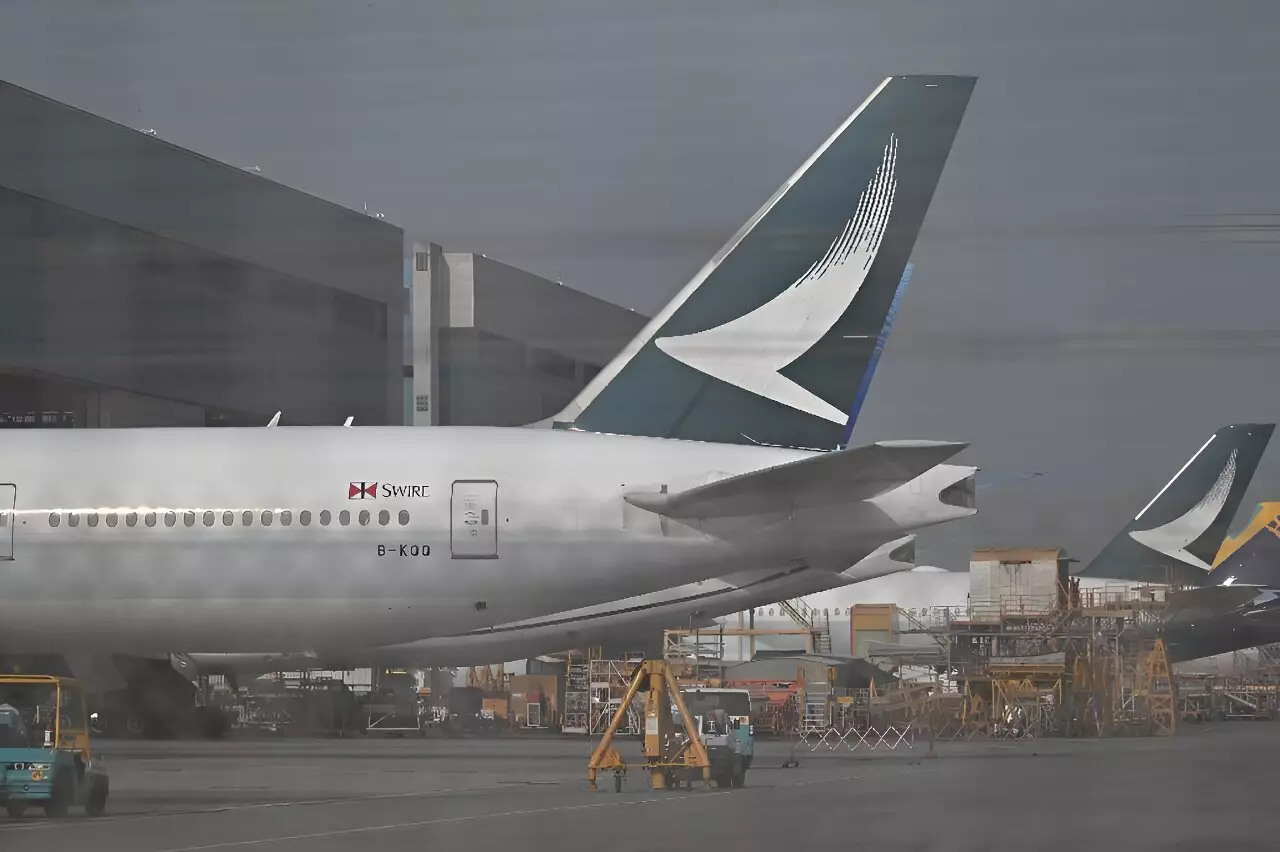Europe’s aviation safety agency has recently mandated inspections of part of the Airbus A350 fleet following an engine fire incident on a Cathay Pacific flight. This article will delve into the implications of the engine fire and the subsequent safety measures taken by the authorities and airlines.
The European Union Aviation Safety Agency (EASA) issued an emergency directive after an A350-1000 aircraft suffered an engine failure due to a high-pressure fuel hose failing. This incident prompted Rolls-Royce, the engine manufacturer, to initiate a one-time precautionary engine inspection program. The directive specifically targets A350-1000s powered by XWB-97 engines, affecting a total of 86 aircraft globally.
The EASA directive requires airlines to conduct inspections on the affected aircraft within the next 3-30 days to check for any damage to fuel hose connections inside the engines. This precautionary measure aims to prevent similar engine failures in the future and ensure the safety of passengers and crew on board.
Following the Cathay incident, other airlines operating A350-900 and A350-1000 models with Rolls-Royce Trent XWB-84 and XWB-97 engines have also initiated similar checks. Airbus and Rolls-Royce have communicated to airlines that only A350-1000s powered by XWB-97 engines are affected by the issue, emphasizing the importance of conducting thorough inspections.
The A350 is Airbus’s largest aircraft and a significant competitor to Boeing’s 787 Dreamliner, with over 1,300 orders placed for the model. The safety concerns surrounding the Trent XWB-97 engines raise questions about the durability and performance of the engines, prompting manufacturers to address these issues proactively.
The engine fire incident on the Cathay Pacific A350 flight has highlighted the importance of rigorous safety measures in the aviation industry. The collaborative efforts between regulatory authorities, airlines, and manufacturers are crucial in ensuring the continued safety and reliability of commercial aircraft. As the industry continues to evolve and innovate, addressing safety concerns promptly is paramount to maintaining passenger trust and confidence in air travel.



Leave a Reply